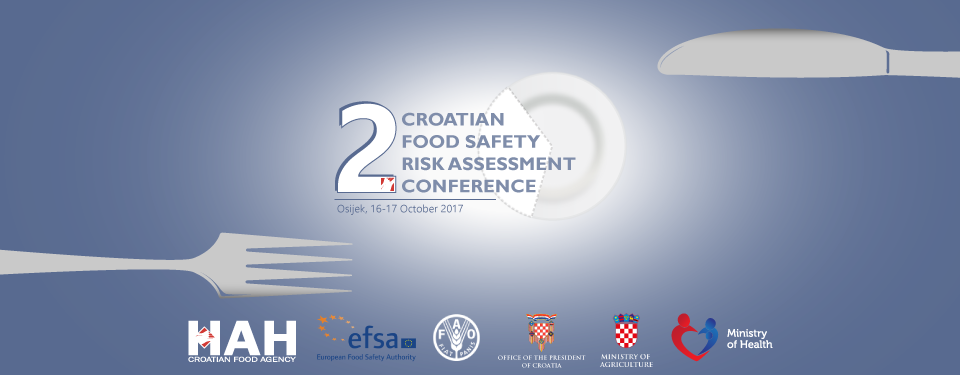Brigita Hengl, PhD, DVM
Croatian Food Agency (HAH)
Salmonella Infantis are pathogenic bacteria which can cause gastroenteritis in humans, and human isolates in EU countries are on the 4th place among Salmonella serovars.
Reservoirs for human salmonellosis serovars of S. Infantis are mainly in animals, especially poultry. S. Infantis is the most frequent serovar in layers’ flocks (Galus galus), broiler flocks and broiler meat, according to the yearly joint report of European Food Safety Authority (EFSA) and the European Centre for Disease Prevention and Control (ECDC). S. Infantis presence in poultry, together with S. Enteritidis, S. Kentucky and S. Heilderberg, is much higher than in the feed. In comparison with other serovars, S. Infantis is much more present in gastrointestinal tract in broilers, while its presence in the reproductive organs and transmission to the eggs is still unknown.
In 2015, for the first time, surprisingly high prevalence (about 10%) of S. Infantis in poultry meat, especially broiler meat, was observed. In 2016 prevalence in poultry meat continued to grow. On the other hand, from 2016, a more precise recording of human salmonellosis disease followed into serovars is possible. In human salmonellosis cases the prevalence of S. Infantis was on the 4th place in Croatia, but still in a much smaller number than S. Enteritidis, which is still in the first place. However, it is inevitable to determine that almost 42% of human salmonellosis is not serotyped or no serotype is reported, and it can be assumed that the number of salmonella-induced S. infanits is greater than officially recorded.
Due to the lack of long-term data on the prevalence of S. Infanits in food and humans, some risk assessment models used in Europe (eg Salmonella Attribution Model using EFSA) are not applicable for risk assessment in Croatia. Therefore, the risk assessment of S. Infantis from poultry meat was made in a model that was adjusted to the data in Croatia. This approach has a high degree of uncertainty of the final result, but the obtained indicative values should not be ignored.







